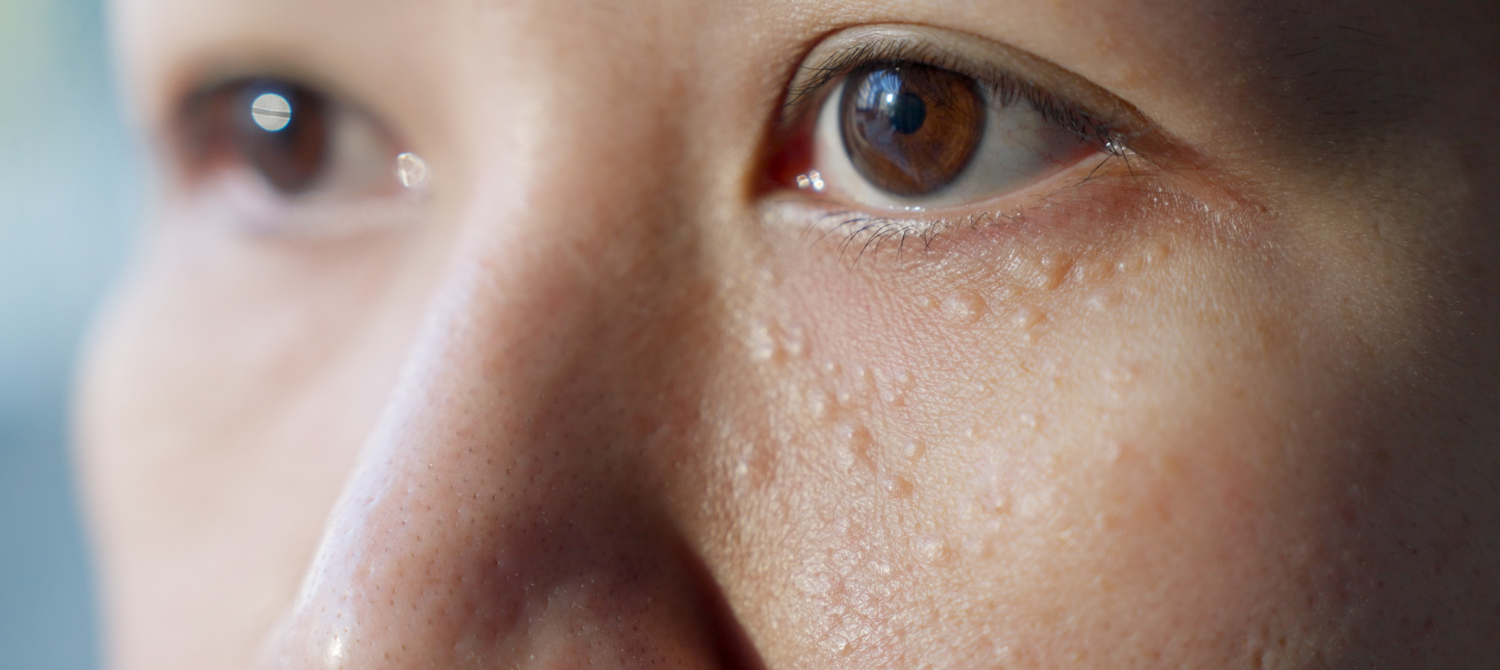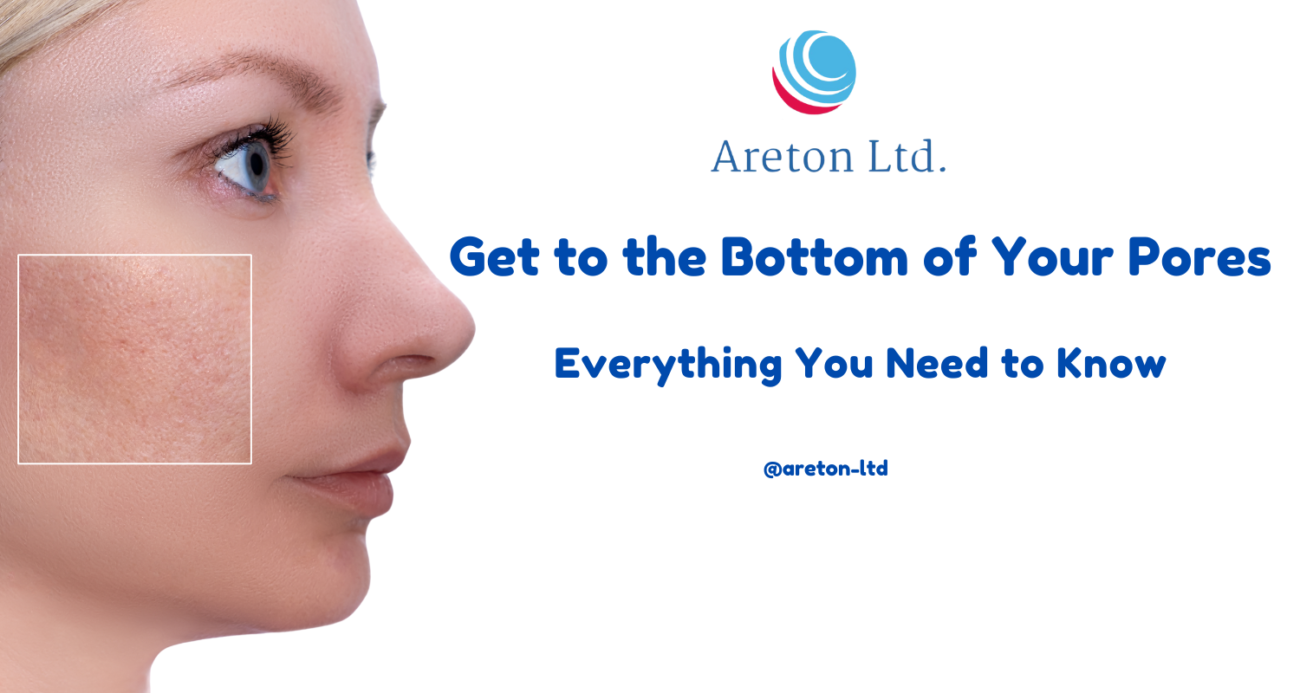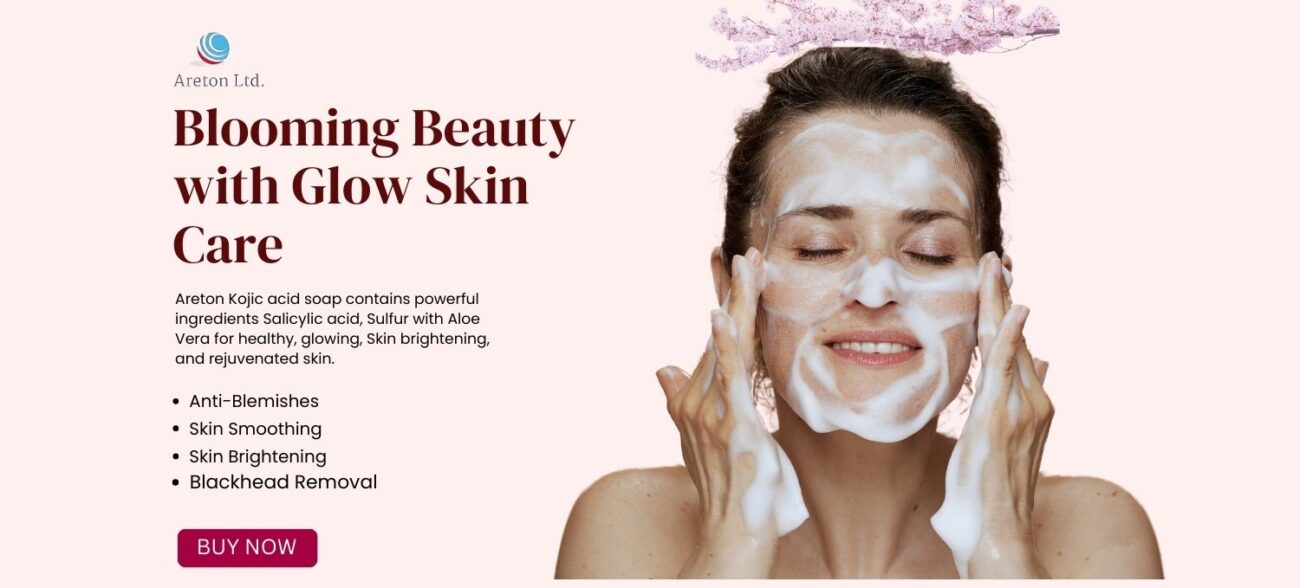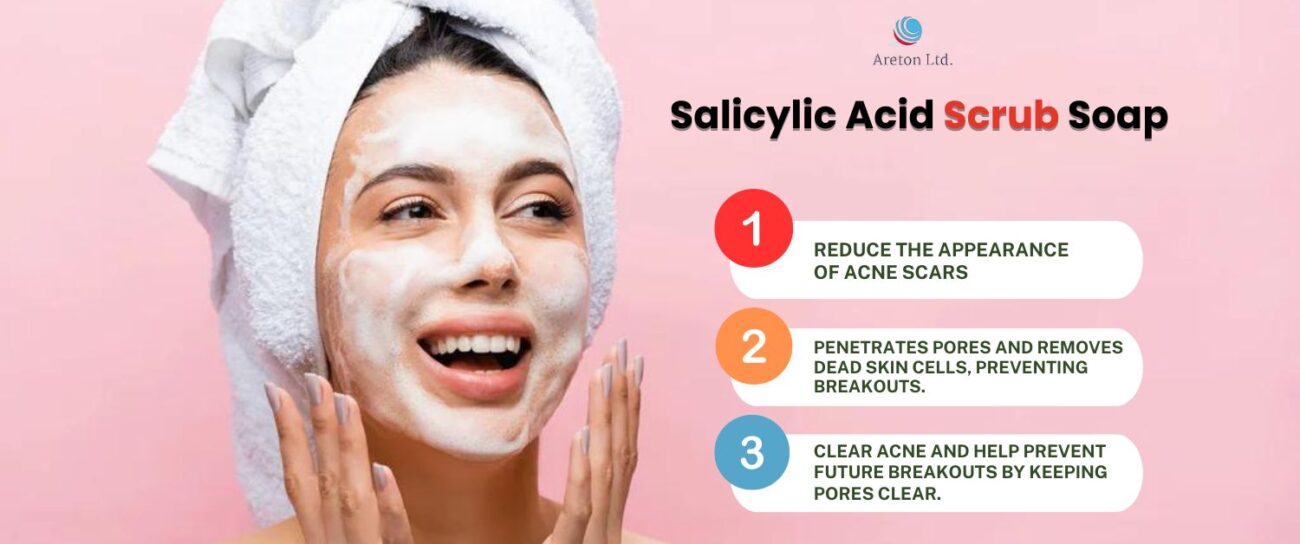What are Milia?
Milia are tiny white bumps that can appear on the skin. They occur when keratin, a protein that makes up the top layer of the skin, becomes trapped beneath the surface. This causes small, hard cysts to form under the skin.
Milia are most commonly found on the face, especially around the eyes, cheeks, and nose. However, they can occur on other areas of the body as well. The small bumps are usually painless and do not itch or cause other symptoms.
The condition is very common in newborns and infants. However, milia can occur at any age. They are generally harmless, although some people seek treatment for cosmetic reasons if they are bothersome in appearance. Milia usually clear up on their own within a few weeks, though some may linger for longer.
Types of Milia
Milia can be categorized into two main types: primary milia and secondary milia.
Primary Milia
Primary milia, also known as “milk spots,” are common in newborn babies. They occur when keratin becomes trapped beneath the surface of the skin. Primary milia are usually found on the face, particularly around the nose, cheeks, and eyelids. They are generally harmless and do not require treatment. Most primary milia resolve on their own within a few weeks.
Secondary Milia
Secondary milia occur later in life and are caused by some form of damage to the skin. Blistering diseases, burns, dermabrasion, laser resurfacing, radiation therapy, and other skin injuries can trigger secondary milia. They can occur anywhere on the body, but are most common around the eyes and cheeks. Secondary milia may disappear over time, but often persist unless the underlying cause is addressed. Medical treatment may be required to clear secondary milia.
Causes of Milia
Milia can occur for several reasons:
Genetics – Some people are simply prone to developing milia due to hereditary factors. Milia tends to run in families, so if your parents had issues with milia, you’re more likely to get them as well. Genetics can make someone predisposed to having clogged pores and trapped keratin that leads to milia.
Sun damage – Exposure to UV rays from the sun can damage collagen in the skin over time. This damage can disrupt normal skin cell function, leading to irregularities that cause milia to form. Too much sun without protection is a common cause of milia, especially on the face.
Skin trauma from cosmetic procedures – Any trauma to the skin, like microdermabrasion, chemical peels, laser resurfacing, etc. can potentially trigger milia by disrupting normal skin cell turnover. The irritation and inflammation from these cosmetic procedures can essentially trap keratin under the skin before it’s able to shed, resulting in milia.
Milia Symptoms
Milia are small, painless white bumps that appear on the skin. The most common symptom of milia is the appearance of the small white bumps themselves. Milia are most commonly found on facial skin, especially around the eyes, cheeks, nose, and forehead.
The milia bumps are tiny, usually measuring only 1 to 2 millimeters in diameter. They are dome-shaped and have a smooth texture similar to a pearl. Milia are not painful or itchy, and do not become red or inflamed like acne. They remain as small white bumps just under the surface of the skin.
While milia can occur anywhere on the body, they are most frequently seen on the face. The delicate skin around the eyes is a common location, as are the cheeks, nose, and forehead. Milia sometimes appear after trauma to the skin, so locations prone to acne lesions or injury from picking may develop milia as well. The bumps usually appear in small clusters in these facial areas.
In summary, the main symptom of milia is the appearance of tiny, painless white bumps on the facial skin. The small bumps have a smooth, pearl-like appearance and commonly occur around the eyes, cheeks, nose, and forehead. While harmless, these persistent milia bumps can be an aesthetic concern for some people.
Risk Factors for Milia
Some people are more prone to developing milia than others. The main risk factors include:
Family History – Genetics can play a role in milia formation. If your parents or siblings have dealt with milia, you may be predisposed as well. The condition can run in families.
Excessive Sun Exposure – Too much time in the sun without adequate protection can damage the skin and cause issues like milia. The UV radiation leads to an accumulation of dead skin cells that can get trapped beneath the surface. Always wear sunscreen when going outside.
Use of Heavy Creams and Oils – Using thick, greasy moisturizers and oils on the face can clog pores and cause little cysts like milia to form. Stick to light, non-comedogenic products if you are prone to milia. Avoid any products that feel heavy.
Complications of Milia
Milia are generally not harmful or painful. However, they may sometimes cause psychological effects like embarrassment or anxiety about appearance. Some people find milia unsightly, especially on visible areas like the face. The small white bumps can make people feel self-conscious.
In rare cases, milia that are left untreated for a very long time could potentially become inflamed or infected. But this is uncommon. For the most part, milia do not lead to any major health complications. They may just be considered a cosmetic nuisance by some individuals.
The main reason people seek treatment for milia is due to cosmetic concerns. Milia are benign and pose no real medical threat. The treatment is aimed at removing or reducing the appearance of the bumps for cosmetic reasons. For people with extensive facial milia, the visual effect can cause social anxiety or impacts to self-confidence. But rest assured, milia are normally harmless.
Home Remedies for Milia
There are several at-home remedies that may help treat mild cases of milia. These include:
Gentle Exfoliation
Gently exfoliating the skin can help remove dead skin cells and excess oil that may be trapping the milia under the skin. Using a soft washcloth, cleansing brush, or facial scrub 2-3 times per week may help unclog pores and slough away trapped keratin. It’s important not to scrub too harshly, as this can further irritate the skin. Look for exfoliants with soft, round beads rather than sharp particles.
Retinoids
Applying over-the-counter retinoids such as retinol, retinaldehyde, and adapalene can help increase skin cell turnover. Retinoids may help dislodge trapped keratin and bring milia to the surface. Start by applying a pea-sized amount 2-3 nights per week, then gradually increase frequency based on skin tolerance. Use a moisturizer to combat potential dryness and irritation.
Oil Cleansing Method
The oil cleansing method uses a blend of oils to dissolve debris and impurities. Oils also contain fatty acids and lipids that can aid exfoliation. To oil cleanse: Apply a mixture of castor and olive oil to dry skin and massage gently for 2-3 minutes before rinsing. This may loosen embedded milia so they can be removed. Perform this 2-3 times per week.

Medical Treatments for Milia
When over-the-counter products don’t clear milia, medical treatments may be recommended by a dermatologist. Some options include:
Laser Ablation
Laser ablation uses a focused beam of light to precisely remove the milia cyst without damaging the surrounding skin. The laser essentially vaporizes the cyst, allowing the contents to drain out. This is a quick in-office procedure with minimal discomfort.
Electrocautery
Electrocautery uses a hyfrecator device to deliver a small electrical current to the milia bump to burn and destroy the cyst. The area is numbed first for comfort. This is another fast, effective way to eliminate milia.
Chemical Peels
Chemical peels applied by a dermatologist can remove the outer layer of skin and expose the milia so the contents can drain out. Trichloroacetic acid or glycolic acid peels are commonly used. Several treatments may be needed to fully clear milia. Peels can also help prevent new milia from forming by exfoliating the skin.
Preventing Milia
Milia can be frustrating and difficult to treat. While not always preventable, there are some steps you can take to reduce your chances of developing milia:
Use Sun Protection – Exposure to UV rays from the sun can damage your skin and make you more prone to milia. Use a broad spectrum sunscreen with an SPF of at least 30 whenever you go outside. Reapply frequently, especially after swimming or sweating. Wear protective clothing and a wide-brimmed hat for added protection.
Moisturize Regularly – Keeping your skin well-moisturized can help prevent the tiny cysts that lead to milia. Use a gentle, non-comedogenic moisturizer suited to your skin type. Hydrating daily helps maintain healthy turnover of skin cells.
Avoid Heavy Creams – Thick, greasy moisturizers and creams can clog pores and cause milia. Opt for lightweight, non-comedogenic formulas instead. Avoid extra-rich night creams and foundations with heavy coverage.
Practice Gentle Skin Care – Harsh scrubs, toners, and exfoliants can damage skin and make milia worse. Cleanse gently with a mild cleanser and use your fingers instead of scrub brushes or washcloths. Shave carefully and avoid picking at blemishes. Handle your skin gently to prevent irritation.
Following proper skincare habits can reduce the chances of developing those frustrating little white bumps. Protect your skin from the sun, keep it hydrated, use light products, and always be gentle. With some care and patience, you can help prevent milia.
Milia Removal with Skincare Soaps
Milia can be stubborn to treat, but using the right skincare products can help remove them naturally over time. Exfoliating soaps that contain charcoal or salicylic acid are excellent options for clearing out milia.
Charcoal soap has a gritty texture that provides gentle exfoliation to remove dead skin cells and excess oil buildup. Activated charcoal draws out impurities from the skin while cleansing. Using a charcoal soap bar regularly can help unclog pores and dislodge trapped keratin under the skin that causes milia bumps.
Salicylic acid soaps chemically exfoliate by dissolving the bonds between skin cells. The salicylic acid penetrates into pores, loosening debris and oil. This allows the milia bumps to be cleared away more easily. Salicylic acid soaps with added scrubbing beads provide both physical and chemical exfoliation for optimal milia removal.
Opting for soaps made from natural ingredients like charcoal powder and salicylic acid from willow bark provides exfoliation benefits without harsh chemicals. When used as part of a regular skincare routine, these exfoliating soaps can help eliminate milia non-invasively over time. The skin is left clear, smooth, and free of white bumps.











